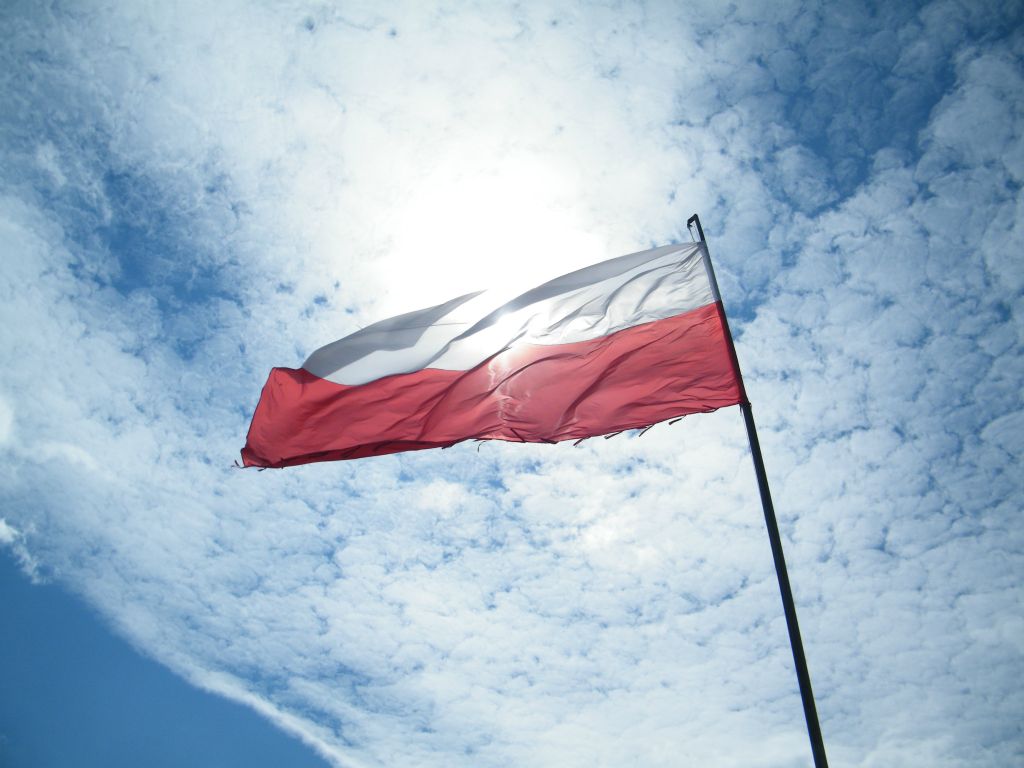Poland has seen the deployment of just 27 MW of new PV installations coming from the two solar auctions for projects up to 1 MW, held by the government in December 2016 and June 2017, respectively, according to the report on the Polish PV market “Rynek fotowoltaiki w Polsce 2018”, published by Polish renewable energy institute, Instytut Energetyki Odnawialnej (IEO).
A total of 360 MW of solar power coming from these two auctions, however, is expected to be deployed over the coming years in Poland, the analysts from the research institute claim.
The first auction concluded with an average price of PLN 354 (US$93.8) per MWh and a minimum price of PLN 253.5 ($67.2), while the second auction ended at an average price of of PLN 373 ($98.9) per MWh and a minimum price of 195 PLN ($51.7).
Although the minimum price was lower in the second competition, the average price was 5% higher than that of the first auction. “It is rather a unique phenomenon in the history of auction systems that prices for solar increase subsequently, but it also means that investors andbanks have made rational adjustments in business assumptions after the first auction,” the IEO experts stated.
The authors of the report also said that Poland’s cumulative installed PV capacity reached around 300 MW as of the end of May, and that new additions for the first five months of this year totaled approximately 20 MW.
The report further notes that an installed PV capacity of around 1.2 GW may be reached by the country at the end of 2020, as a result of the deployment of the aforementioned auctions, plus the 750 MW auction for wind and PV projects up to 1 MW that the Polish government is planning for the third quarter of the year.
A few restrictions recently introduced by the Polish authorities such a reduction of the time frame for the projects’ completion from 24 to 18 months, however, may prevent this growth to be larger, the authors of the report stressed. Local association Polskie Towarzystwo Fotowoltaiki (PV Poland) had also stressed in April, that a recently introduced system of discounts made these auctions less attractive for investors.
A stronger push may also come for a tender for wind and solar projects with a capacity of over 1 MW, which the Polish government is planning for this year, but the details of which are still unknown. According to information provided to pv magazine by local PV analyst, Piotr Pająk from website Gramwzielone.pl, the Polish authorities are planning to allocate 20 MW (up to 1 MW) and 180 MW (above 1 MW) for the so-called hybrid installations, which include solar.
Most of the country’s installed PV power, the IEO said, is represented by residential and commercial PV projects developed under the expired green certificate scheme and net metering for solar up to 40 kW.
Under net metering, owners of PV installations not exceeding 10 kW in size are refunded 80% for each kilowatt they inject into the electricity system, while owners of PV systems between 10 kW and 40 KW are refunded 70%. This scheme may become further attractive for Polish prosumers, the report also noted, as power prices are expected to increase in the country over the next years, as a consequence of Poland’s current energy policy, which is still supporting old and unprofitable coal power plants through capacity mechanisms that allow capacity providers to be paid just for being available to generate electricity.
Despite the further growth of solar, Poland will likely fail to achieve its 15% EU renewable energy target by around 3.6%, an event that had been anticipated by renewable energy consultancy Ecofys in April of 2017, which predicted that a target of just 13.8% would be reached by the end of the decade.
This content is protected by copyright and may not be reused. If you want to cooperate with us and would like to reuse some of our content, please contact: editors@pv-magazine.com.




By submitting this form you agree to pv magazine using your data for the purposes of publishing your comment.
Your personal data will only be disclosed or otherwise transmitted to third parties for the purposes of spam filtering or if this is necessary for technical maintenance of the website. Any other transfer to third parties will not take place unless this is justified on the basis of applicable data protection regulations or if pv magazine is legally obliged to do so.
You may revoke this consent at any time with effect for the future, in which case your personal data will be deleted immediately. Otherwise, your data will be deleted if pv magazine has processed your request or the purpose of data storage is fulfilled.
Further information on data privacy can be found in our Data Protection Policy.